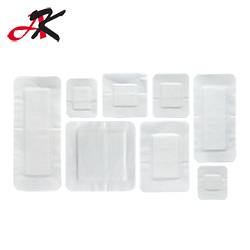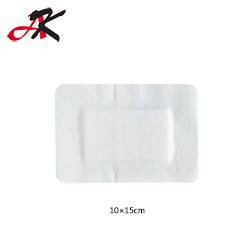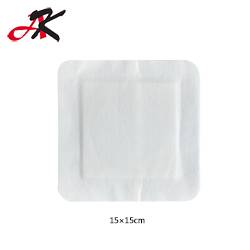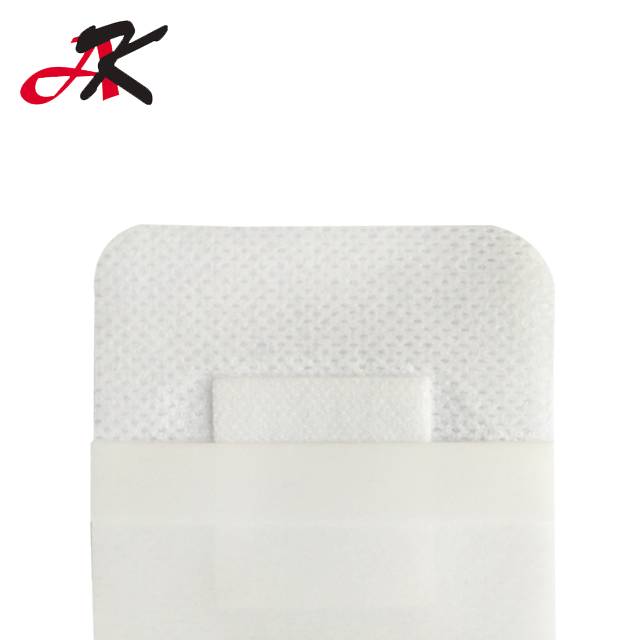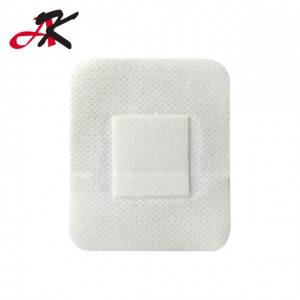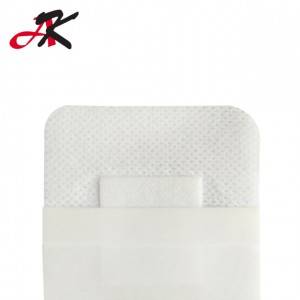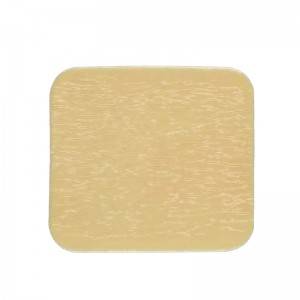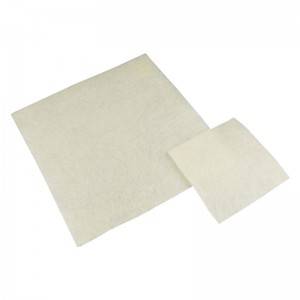Medical Care Dressing Non-Woven Adhesive Wound Dressing
Application:
1. It is suitable for first-aid places to quickly treat wounds and reduce the chance of expanding infection and re-injury.
2. Effectively prevent the deterioration of the injury or condition, maintain life, and strive for treatment time.
3. Soothes the excitement of the injured patient.
Instructions for use and matters needing attention:
1. Before use, the skin should be cleaned or disinfected according to the hospital’s operating specifications, and the dressing should be applied after the skin is dry.
2. When choosing a dressing, ensure that the area is large enough, at least a 2.5cm wide dressing is attached to the dry and healthy skin around the puncture point or wound.
3. When the dressing is found to be broken or falling off. It should be replaced in time to ensure the barrier and fixation of the dressing.
4. When the wound exudates more, the dressing should be changed in time.
5. If there are cleansers, protectants or antibacterial ointments on the skin, the stickiness of the dressing will be affected.
6. Stretching and puncturing the fixed dressing and then pasting it will cause tension damage to the skin.
7. When erythema or infection is found in the used part, the dressing should be removed and necessary treatment should be done. While taking appropriate medical measures, the frequency of dressing changes should be increased or the use of dressings should be stopped.

